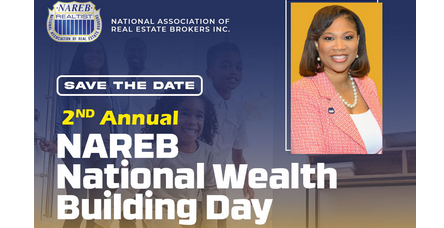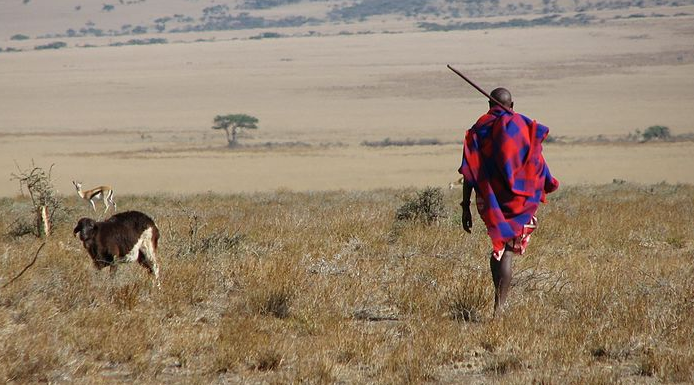A giant has joined the ancestors. Black Agenda Report editor, lifelong organizer, and deep thinker Bruce Dixon made his transition on June 28, surrounded by his family in Atlanta, Georgia. I always hesitate to use a phrase like “joined the ancestors,” a phrase derived from African traditions, for fear of sounding like some white person who imagines they’re Black, but I think Bruce would be OK with it here. He often helped me navigate cross-cultural terrain.
Once I called to ask him whether “Black” was, as I imagined, a uniquely American construction. He told me it couldn’t be more American, and that James Brown had sealed the deal in 1968 when he recorded “Say It Loud, I’m Black and I’m Proud.” The term has been used in other contexts and countries, usually with a small “b,” but without reference to Black America’s distinct cultural heritage.
I told Bruce I’d used the term “Black” in conversation with some of my East African friends and one had responded, “We’re not black; we’re brown,” to which Bruce laughed and said, “What do they know?” He had a terrific sense of irony.
I had been writing for the Black Agenda Report for six or seven years by that time because its editors appreciate the time I’ve been willing to put into studying and writing about conflict in the African Great Lakes Region, most of all the Democratic Republic of the Congo and its eastern neighbors Uganda, Rwanda, and Burundi, all of which suffer from Congo’s unparalleled resource curse.
Bruce had asked me to write something about fearless Rwandan political prisoner Victoire Ingabire Umuhoza and I soon found a lot more common ground with him and the other Black Agenda Report editors and contributors he introduced me to: Glen Ford, Margaret Kimberley, Ajamu Baraka, Danny Haiphong and more. I can’t quantify how much I’ve learned from them, and for that I’ll be forever grateful.
Bruce grew up in one of Chicago’s working class neighborhoods and spent most of his life there. He joined the Black Panthers in the 1960s alongside Fred Hampton and organized in the city’s housing projects. He once told me about a time when he was still a kid and had more than one job just to keep it together. As a nighttime security guard, he would chew and swallow coffee beans to stay awake.
Despite numerous electoral successes, Bruce told me that the organizational success he took greatest pride in was recruiting and training the first Local School Improvement Councils for five Chicago public schools in the rough Cabrini Green neighborhood in the 1988-1991 period. He said the TV series “Good Times” rightly depicted a family struggling to do the best they could in the Cabrini Green housing projects.
Bruce went to college for only one year, but then educated himself and became widely known as one of the best organizers and deepest thinkers on the left. A year ago, after the Left Forum, he wrote “What Would an Authentic 21st Century US Left Look Like?,” which began with the realistic assessment he shares with other BAR writers: “Let’s face it, the US left is a long way right now from contending for power.” That was far from enough to make him give up; instead it made him think about why and what could be done. An authentic left, he concluded, must be independent of the Republican and Democratic Parties, independent of corporate and church philanthropy, unconditionally opposed to empire and white supremacy, and class conscious in its opposition to capitalism. He also wrote that it must give birth to a revolutionary working class party and create “economic and social organizations which prefigure the world we want to build.”
In 1983, Bruce went all in to elect Chicago’s first Black mayor, Harold Washington, who served from the time of his election till his death shortly after his reelection in 1987. He organized and advised many Chicago campaigns that repeatedly beat the infamous Daley machine. He later spent years working for the Chicago Department of Elections.
After all that, however, he came to describe himself as a former Democrat in denial. Every time he and fellow organizers made electoral advances, he said, the Democratic Party changed the rules to undermine them. In 2006, after moving to Atlanta, he joined the Georgia Green Party.
Bruce and I were both active Greens, despite the party’s failures to get to the 5% threshold in a presidential race that would make it an official national party qualifying for general matching funds. After the 2016 election he said, “Who knows how many votes we really got?” with reference to widespread election fraud evidenced by Wikileaks’ release of the DNC and Podesta emails and multiple election irregularities. However, that didn’t stop him; Bruce knew more about voting rights, elections, effective campaigning, and much needed electoral reforms than anyone I’ve ever met.
I once asked him whether the Greens might be better off putting their energy and resources into, for one, creating community gardens in major cities all over the country, and he responded that most of the community gardens he knew of had been shut down by those with wealth and power. There is indeed no sign left of Los Angeles’s famous South Central Farm, the largest urban farm and perhaps the greatest community organizing success in the US from 1994 till 2006, when it was bulldozed by a real estate developer.
Bruce gave far more thought than I ever have to what it would take to make the Green Party viable, and he invariably won me over to his thinking. The party, he said, should be supported by dues so that it could hire staff, rent space, and sustain effort. He also thought that instead of focusing solely on electoral politics, Greens should build the party into wraparound communities that serve the same social needs that churches do for many Americans. At the 2016 Green Party Convention in Houston, he explained that during a Georgia prison strike, the Atlanta party had needed space and more phone lines to field all the calls it was getting from prisoners and their families.
It’s often said that a politician, thinker, writer, or artist was a master of their craft but thoughtless or even mean in their personal relations, but nothing could be further from the truth with Bruce Dixon. He was kind, compassionate, loyal, and humble despite his many achievements. During the last year of his life, we often discussed his concerns for his family, including both his biological children and those of his second wife. One of his last personal struggles was to save one of his stepsons from being deported to Jamaica where the health care he needs will not be available.
You can read Bruce’s own account of his lifetime of commitment to social justice on his Green Party US page. You can also listen to Glen Ford’s tribute to Bruce at last weekend’s Left Forum panel “Black Strategies for Liberation in the Empire of Exceptionalism.” As he said:
“It’s going to be quite difficult continuing without Brother Bruce. We’ll try because he didn’t let multiple myeloma slow him down until it stopped him cold. Up until the Wednesday before last he was determined to be here today, until the doctor told him to go into the hospital the next day and he never emerged. But Bruce will never leave Black Agenda Report. He is a permanent fixture. We must consider what Bruce would have said and how Bruce would have moved this project forward every time we come upon a problem, an idea, or an opportunity.”
Ann Garrison is an independent journalist based in the San Francisco Bay Area. In 2014, she received the Victoire Ingabire Umuhoza Democracy and Peace Prize for her reporting on conflict in the African Great Lakes region. She can be reached at [email protected].












